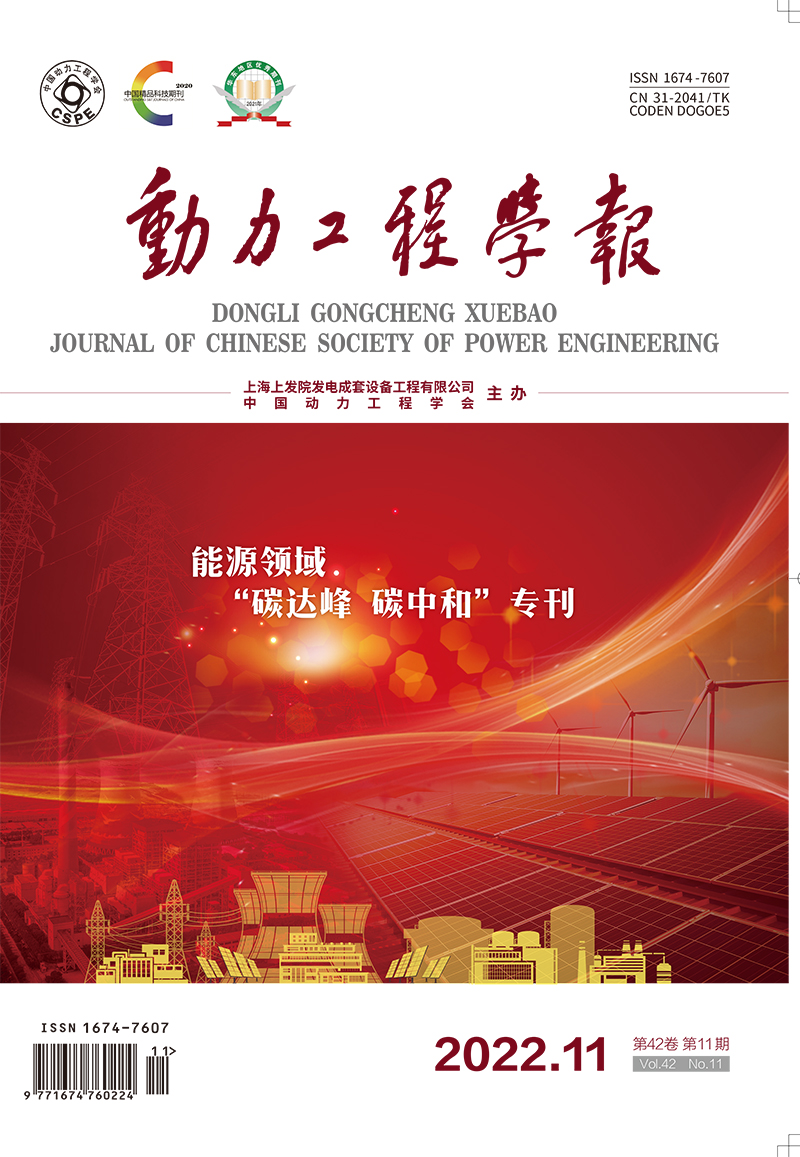Review
LIU Jizhen, LI Yunzhi, SONG Ziqiu, FANG Fang, NIU Yuguang, ZENG Deliang
Flexible and intelligent coal-fired power generation is an important research field to promote carbon peak and carbon neutrality, aiming to build a clean, low-carbon, safe and efficient energy system. From the engineering point of view, the theories and key technologies of flexible and intelligent coal-fired power generation were reviewed and prospected, and then the development direction was pointed out. Firstly, the concept of flexible intelligent coal-fired power generation was defined and its main characteristics and technical field were sorted out. After that, the theories and key technologies were explored from three aspects, namely, intelligent modeling method, intelligent multi-dimensional regulation theory, and flexible and intelligent combustion technology. On this basis, the flexible and intelligent coal-fired power generation technology was evaluated from the perspectives of furnace performance, equipment health, low-carbon environmental protection, and sustainable development. Finally, the significance of flexible and intelligent coal-fired power generation to China's power industry was summarized, and pointed out that the future should focus on the transformation of existing units, the research of new ultra-clean and ultra-flexible coal-fired power generation technology, and the collaborative construction of large-scale clean energy bases.
